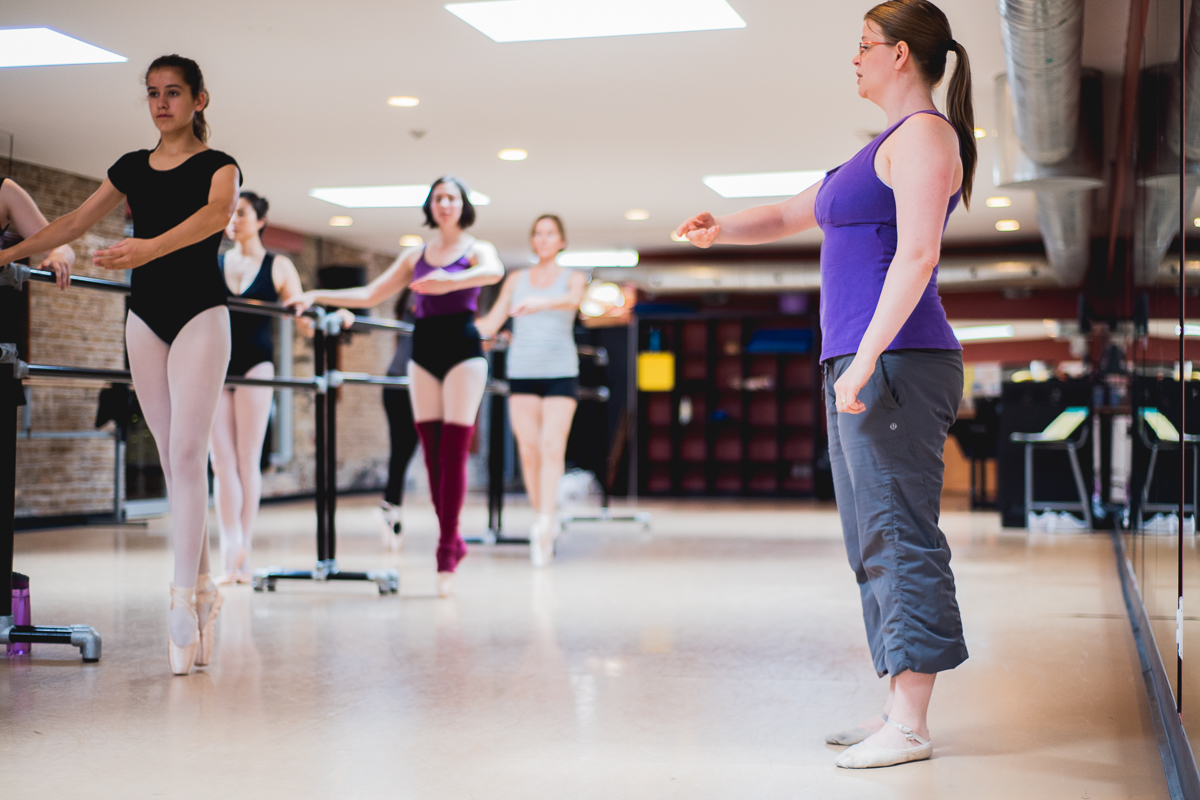Short-Term VS Long-Term Dance Goals

As I talked about last week, I’m not particularly a fan of long-term goals. Sure, it’s great to have that future dream to work towards, but it’s the short-term goals that inspire action. And hey, many people won’t agree with me. That’s what this article is about!
I think a more honest approach to talking about long- and short-term goals is they offer different things to different people. Some love adding their dreams to a vision board (to be honest, I have one behind my computer right now), while others put their faith in the more immediate aims that interest them.
If you aren’t entirely sure which type of goal setting is most helpful for you, let the table below offer some clarity:
| Short-Term Goals | Long-Term Goals | |
| Time Invested | 3-6 months or less | 3-5 years or more |
| Clearly defined? | Clear, connected to action steps | Fuzzy, may change over time |
| Steps required | Few | Many |
| Difficulty level | Low-moderate | High |
| Goal flexibility/How much can it change? | A little | A lot |
| Setting goal… | Inspires action | Generates inspiration |
| Results and feedback are… | Frequent | Rare |
| Deadlines are… | Firm | Flexible |
| How meaningful is the goal? | Somewhat meaningful | Very meaningful |
| Goals are… | Planned for who you are today | Planned for who you WILL be in the future |
Short-term goals include smaller accomplishments that are close enough (initially) to easily picture yourself getting there. They might include things like:
- Attending your first social.
- Performing for the first time.
- Nailing a one-footed spin without losing your balance.
- Learning your footwork for a choreographed piece.
- Losing 5-10 pounds through dance.
- Using a specific technique (like plies, or Cuban motion) more consistently.
- Attend an extra class, or practicing an extra hour every week.
- Finding the beat in a specific kind of music.
By contrast, long-term goals are major benchmarks like:
- Performing with a specific group, like AIM.
- Complete a significant level of training, like the RAD exam.
- Become a dance instructor.
- Get that perfect “dance figure”.
- Get first place in a dance competition.
- Organize your own dance event.
Why are long-term goals “fuzzy”?
As I mentioned previously, long-term goals have a way of changing over time, and even more so the steps we take to get to them. Having too detailed a plan for the future makes it more likely those plans will go awry, and prevents us from taking advantage of unexpected opportunities.
What about mid-range goals?
Sure, those are great too! I stuck with short- and long-term goals because they work best at either inspiring action, or feeding the “big dream”. Obviously however, several short-term goals will add up to more mid-range ones.
Great! So what kind of goals should I set?
There are already a lot of resources out there on the best way to decide on and phrase your goals – I’ll include links to two common methods below.
For now, aim for achievable, measureable, and precise goals, meaning they are realistic, and you know when you’ve achieved them. “I want to be a great dancer” is a bit vague, but “I want to nail my footwork for the first five steps” is much better. It also leads to action steps, like practicing an extra hour a week.
Here are the two goal setting methods I mentioned:
The SMART Method: https://www.goal-setting-guide.com/smart-goal-setting-a-surefire-way-to-achieve-your-goals/
The 7 P’s System (scroll to the bottom): https://www.goal-setting-guide.com/short-term-goals/
About the Author
Ian Crewe has been dancing ballroom for over 18 years, and has a Licentiate in American smooth and rhythm. His passion for dance eventually led him to blogging and the World Wide Web. Ian currently teaches at the Joy of Dance Centre, Toronto, ON, Canada.

